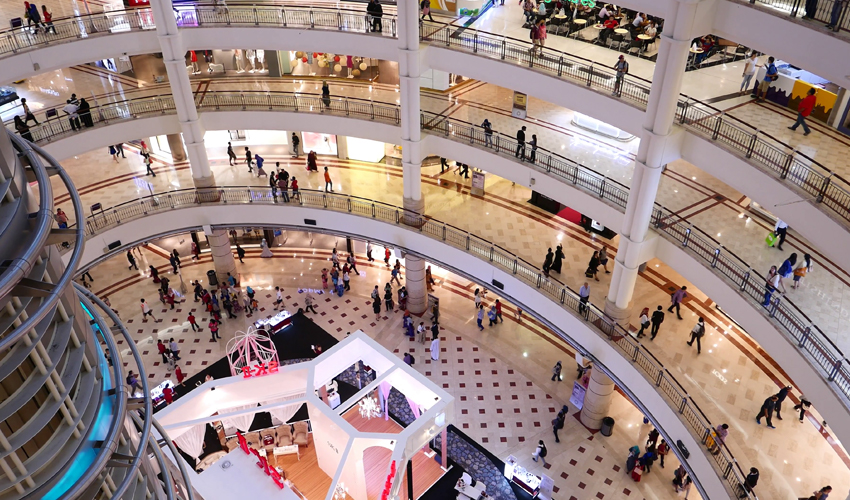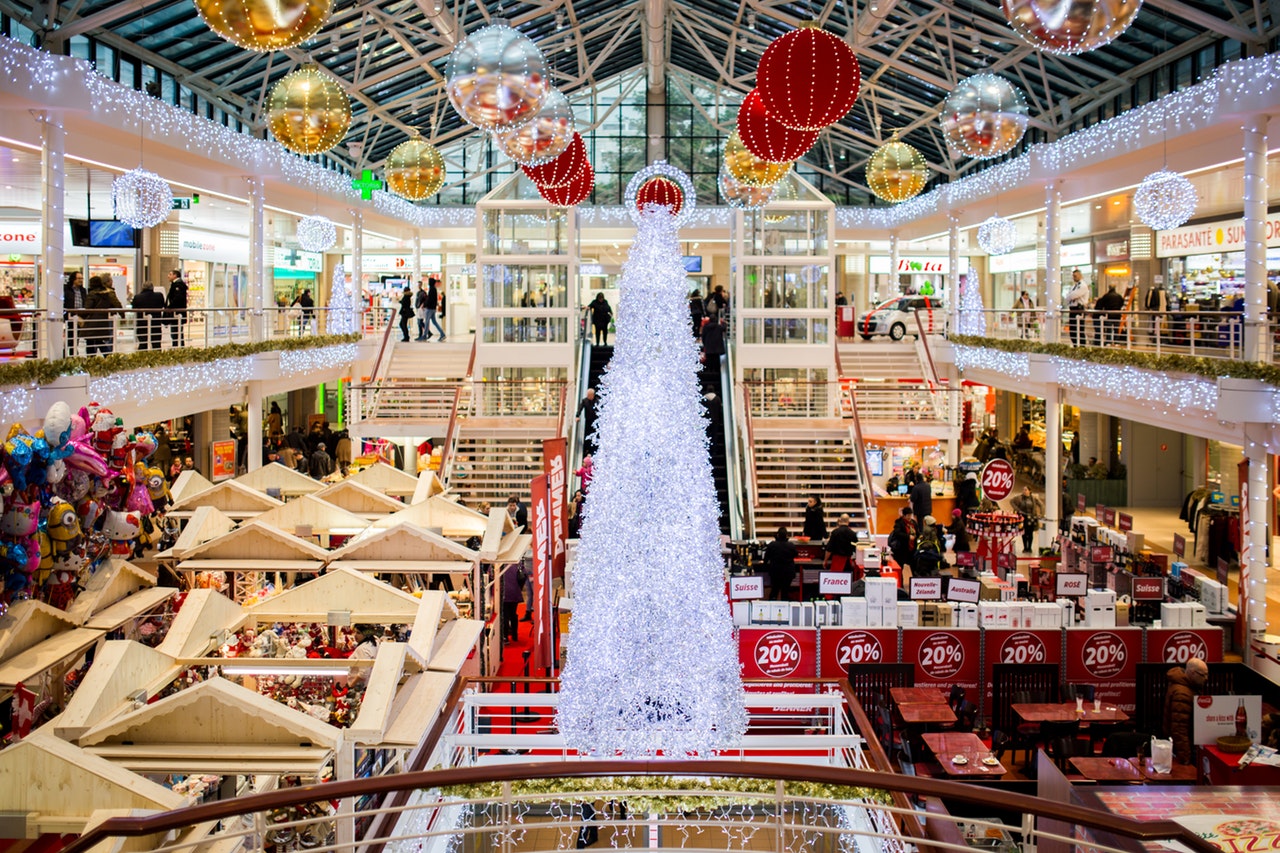At a recent venue, I had the opportunity to evaluate several indoor positioning solutions providing real-time indoor 2D positioning on smartphone-based maps. I did feel that the horizontal accuracy indeed satisfies many of today’s indoor navigation use cases. However, a critical KPI that is still far from being satisfied is the ability to correctly and consistently implement indoor floor detection in multi-floor positioning systems. This vertical positioning technology challenge is particularly true in open areas (a.k.a. Open Vertical Cavities) where real-time location systems (RTLS) face unique technical obstacles.

The Indoor Floor Detection Challenge in Multi-Floor Venues
In multi-floor venues with open vertical spaces, RF signal leakage occurs from one floor to another, creating significant challenges for indoor floor detection algorithms. An RF transmitter positioned in one’s zenith but two floors up may be closer in signal strength than a transmitter that is on the same floor but tens of feet away horizontally. This signal propagation issue means that simple proximity techniques in real-time location systems (RTLS) simply do not work effectively for accurate indoor floor detection.
Read more about Penguin Indoor Positioning
Advanced Vertical Positioning Technology Solutions
The Penguin Location Services team spent considerable time working on this indoor floor detection problem with extensions to also detect the mode of transportation within multi-floor positioning systems. From the many venues that we have tested our real-time location systems (RTLS), we believe that there is no one-size-fits-all solution for indoor floor detection technology.
At Penguin, we have a slew of techniques that are tried and tested in many venues, and we select the right technique for the right venue, and we continue to periodically test the validity of the chosen techniques at a given venue. This approach has served us well so far. Photo below is showing our Penguin app detecting an escalator with the correct direction in one of the regional malls.

Conclusion: The Future of Indoor Floor Detection
Indoor floor detection technology remains one of the most challenging aspects of real-time location systems (RTLS) implementation in multi-floor venues. Success requires venue-specific approach, continuous calibration, and adaptive algorithms that account for unique RF propagation characteristics.
We would love to hear your thoughts on indoor floor detection and other RTLS-related issues. What challenges have you encountered with multi-floor positioning systems in your venues? Please let us know your experiences with vertical positioning technology.
Share your insights: Feel free to share your floor detection experiences via email or on Twitter or Facebook. Your feedback helps improve indoor positioning solutions across the industry!
Contact us to discuss how Penguin’s multi-floor positioning systems can solve your indoor floor detection challenges.



